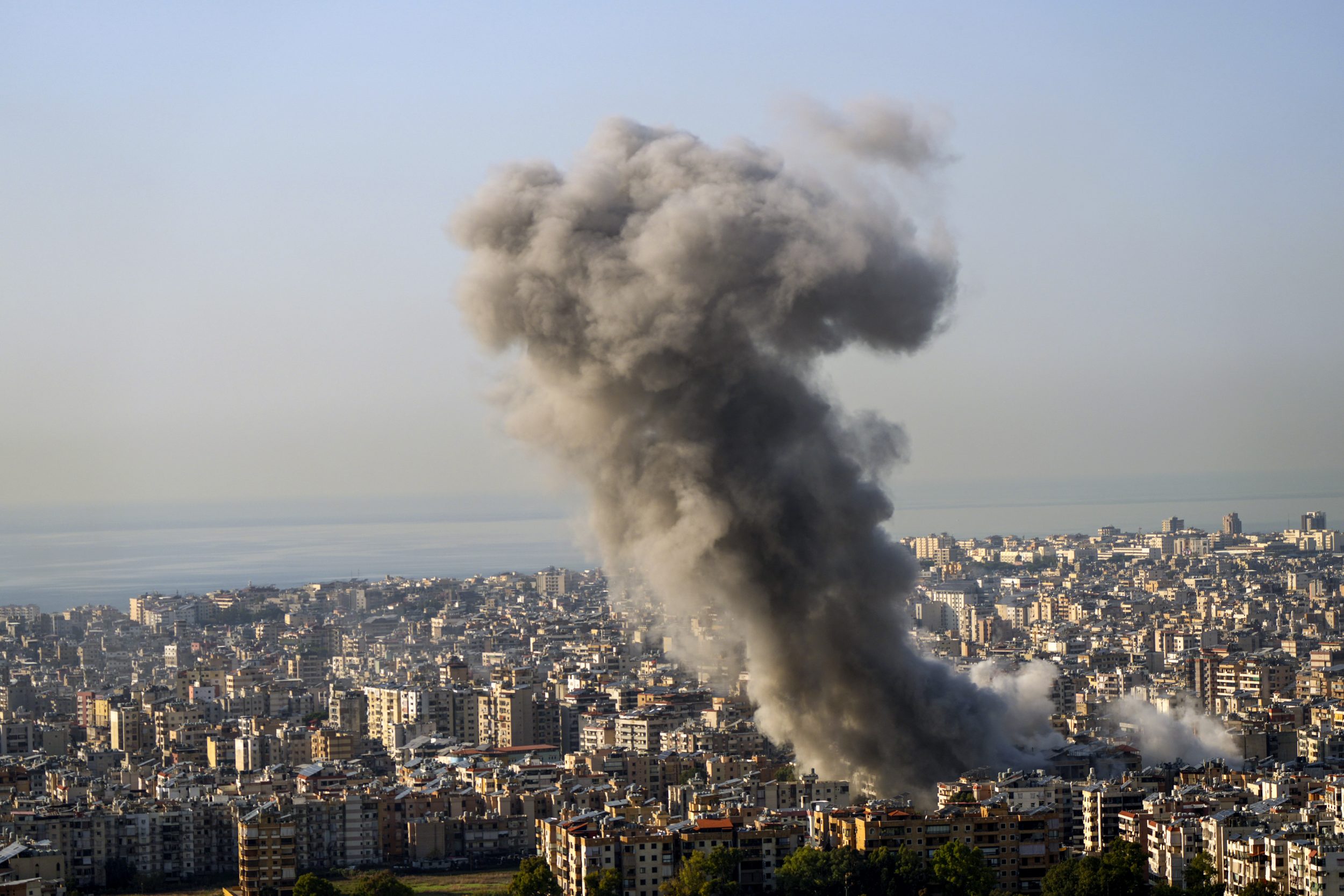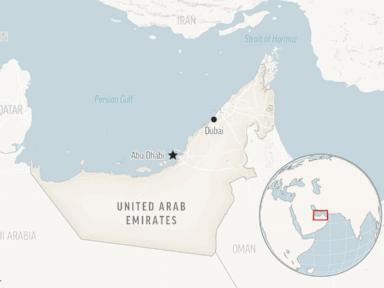ARTICLE AD BOX

Residents of Hanoi waded through waist-deep water Wednesday as river levels hit a 20-year high and the toll from the strongest typhoon in decades passed 150, with neighboring nations also enduring deadly flooding and landslides.
Typhoon Yagi hit Vietnam at the weekend bringing winds in excess of 149 kilometers (92 miles) per hour and a deluge of rain that has also brought destructive floods to northern areas of Laos, Thailand and Myanmar.
The Red River in Hanoi reached its highest level in 20 years on Wednesday, forcing residents to trudge through waist-deep brown water as they retrieved possessions from flooded homes.
Others fashioned makeshift boats from whatever materials they could find.
"This was the worst flooding I have witnessed," said Nguyen Tran Van, 41, who has lived near the Red River in the Vietnamese capital for 15 years.
"I didn't think the water would rise as quick as it did. I moved because if the water had risen just a bit higher, it would have been very difficult for us to leave," Van told AFP.
A landslide smashed into the remote mountain village of Lang Nu in Lao Cai province, levelling it to a flat expanse of mud and rocks, strewn with debris and laced by streams.
State media said at least 30 people had been killed in the village, with another 65 still missing.
Villagers laid dead bodies on the ground, some in makeshift coffins, some wrapped in cloth, while police with picks and shovels dug through the dirt in search of more victims.
Vietnamese state media said the toll from Yagi -- the strongest storm to hit northern Vietnam in 30 years -- had risen to 155 across the country, with 141 missing.
It was not clear whether that total includes victims of Tuesday's landslide, where access remained difficult and internet was cut off, reports said.
- Worst floods since 2008 -
Mai Van Khiem, head of the national weather bureau, told state media that the water level in the Red River in Hanoi was at its highest since 2004.
He warned of serious widespread flooding in the provinces surrounding the capital in the days to come.
Police, soldiers and volunteers helped hundreds of residents along the banks of the swollen river in Hanoi to evacuate their homes in the early hours as the water level rose rapidly.
A police official in Hanoi, refusing to be named, said officers were going on foot or by boat to check every house along the river.
"All residents must leave," he said. "We are bringing them to public buildings turned into temporary shelters or they can stay with relatives. There has been so much rain and the water is rising quickly."
On Tuesday images showed people stranded on rooftops and victims posted desperate pleas for help on social media, while 59,000 people were forced to evacuate their homes in Yen Bai province.
- Region-wide impact -
In neighboring Laos, authorities evacuated 300 people from 17 villages in northern Luang Namtha province, deputy district chief Sivilai Pankaew told AFP.
He said the high-speed Laos-China railway was not affected by the floods.
In the historic city of Luang Prabang -- a world heritage site and major tourist destination -- houses and shops were inundated, Lao Post reported.
State media said at least one person has been killed and images showed rescuers working in murky brown flood waters.
Thai authorities said four people were killed in the kingdom's northern provinces of Chiang Mai and Chiang Rai and the army has been deployed to help around 9,000 flood-hit families.
In Myanmar, residents and local media said flooding knocked out power and telephone lines in the town of Tachileik, in eastern Shan state where further heavy rain was forecast.
Further south, hundreds of residents of the Myanmar border trade hub of Myawaddy left their homes to take shelter in schools and monasteries on higher ground as flood waters rose, a resident of the town, which sits on the border with Thailand, told AFP.
Southeast Asia experiences annual monsoon rains, but human-made climate change is causing more intense weather patterns that can make destructive floods more likely.
Typhoons in the region are forming closer to the coast, intensifying more rapidly, and staying over land longer due to climate change, according to a study published in July.
.png)
 2 months ago
9
2 months ago
9








 English (US)
English (US)